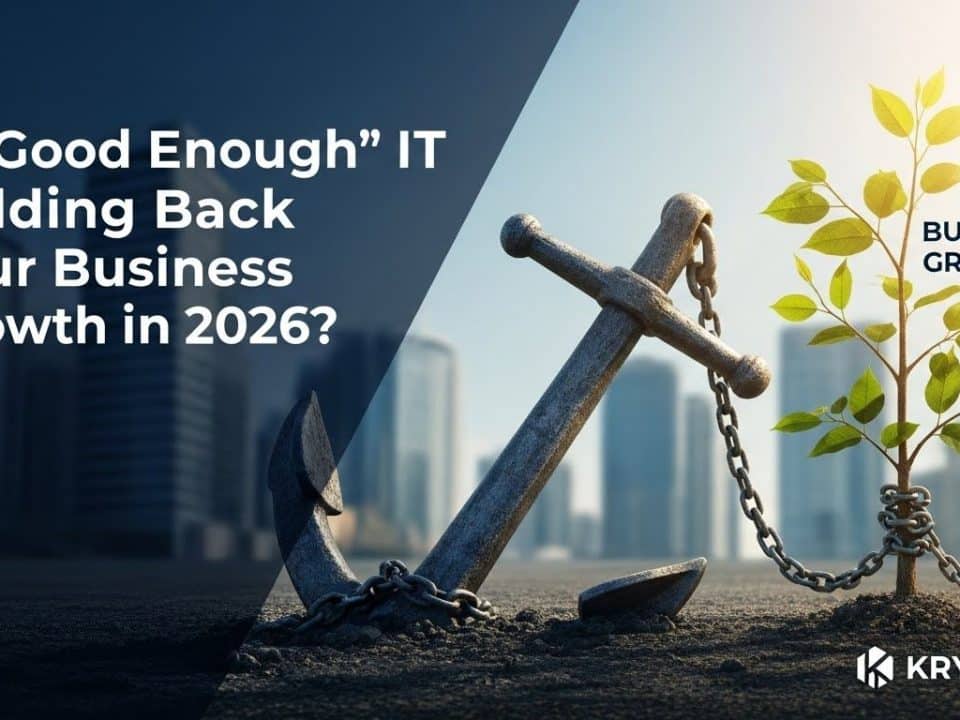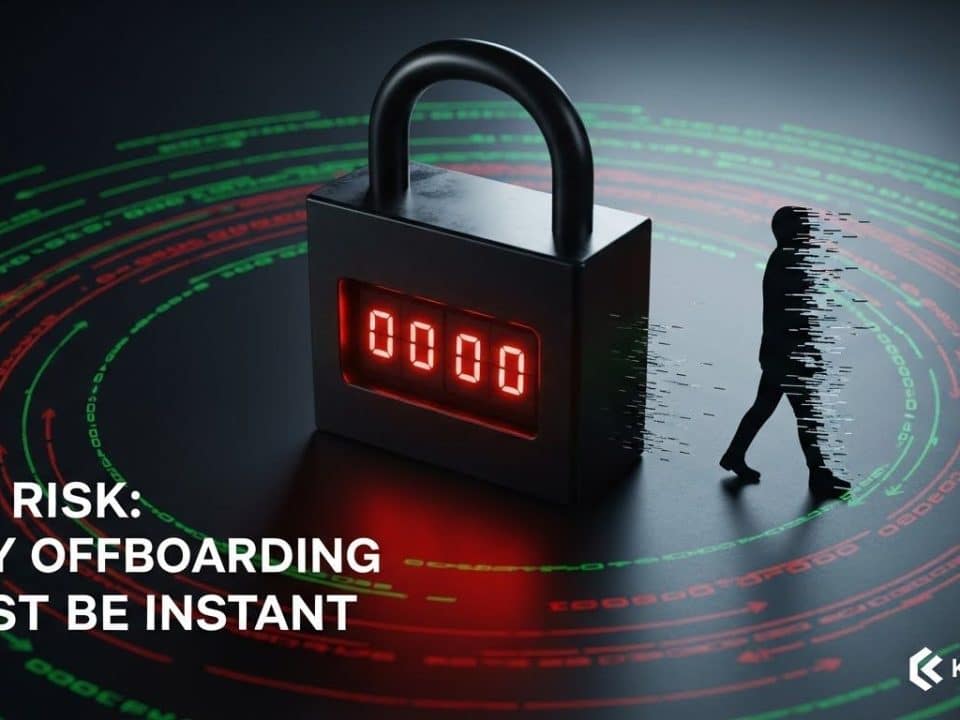
The ‘Set It and Forget It’ Trap
July 27, 2025
The “Unphishable” Lie: Bypass Attacks Persist
July 30, 2025When Your IT Provider Hands Keys to the Hackers
In the intricate world of cybersecurity, trust is paramount. Businesses, especially Small and Medium-sized Businesses (SMBs) in Houston, often place immense trust in their IT service providers, entrusting them with the keys to their digital kingdom – sensitive data, network access, and critical systems. This trust is built on the promise of expertise and protection. However, a recent, shocking lawsuit involving the consumer goods giant Clorox and its IT service provider, Cognizant, delivers a chilling reminder of what happens when that trust is catastrophically betrayed. Clorox claims that Cognizant’s negligence, specifically by “simply handing the credentials” to hackers, enabled a devastating $380 million ransomware attack.
This incident is not just a high-profile legal battle; it’s a profound wake-up call for every SMB in Houston. It underscores a critical, often overlooked vulnerability: the immense risk posed by your third-party vendors and the catastrophic consequences when their security practices fail.
The Clorox-Cognizant Debacle: A Breach of Trust
The lawsuit filed by Clorox against Cognizant details an alarming series of events leading to a multi-million dollar ransomware attack that crippled Clorox’s operations for weeks. While the case is ongoing, Clorox’s claims paint a picture of fundamental cybersecurity failures:
- The Alleged “Handing Over” of Credentials: Clorox asserts that Cognizant’s employees, who had privileged access to Clorox’s network, either directly or indirectly, provided sensitive credentials to the ransomware attackers. This could have occurred through social engineering, insider threat, or a compromise of Cognizant’s own internal systems. The phrase “simply handed the credentials” suggests a stunning lapse in basic security protocols or extreme negligence.
- Lack of Multi-Factor Authentication (MFA): A critical claim from Clorox is that Cognizant employees lacked mandatory MFA for their access to Clorox’s critical systems. This meant that once credentials were obtained (however they were “handed over”), there was no second layer of defense to block the attackers.
- Delayed Response and Lack of Segmentation: Clorox further alleges that Cognizant failed to detect and contain the breach promptly, allowing the attackers extensive “dwell time” within Clorox’s network. The lack of proper network segmentation likely allowed the ransomware to spread rapidly and widely.
- Devastating Ransomware Attack: The initial credential compromise ultimately led to a full-blown ransomware attack (reportedly by the BlackCat/ALPHV gang), which encrypted Clorox’s systems, halting production, disrupting logistics, and causing an estimated $380 million in sales losses and recovery costs.
This case starkly illustrates that even the largest companies, when their trusted partners fail to uphold basic security tenets, are vulnerable to financially crippling and operationally devastating cyberattacks.
Why Third-Party Risk is Your Biggest Blind Spot
The Clorox incident is not unique in its nature, only its scale and public profile. Third-party risk consistently ranks among the top vectors for data breaches. For Houston SMBs, who often outsource IT, accounting, marketing, or cloud services, this incident highlights several critical vulnerabilities:
- Extended Attack Surface: Every vendor with access to your data or network extends your attack surface. You are inherently linked to their security posture.
- Implicit Trust: There’s an inherent trust placed in service providers. This can lead to less scrutiny of their internal security practices than might be applied to your own.
- Privileged Access: IT providers, by their very nature, often require highly privileged access (administrator rights, network access) to perform their services. A compromise of these privileged credentials is a golden ticket for attackers.
- Supply Chain Effect: A breach at one vendor can affect multiple clients, creating a cascading effect throughout an entire supply chain.
- Compliance and Accountability: Even if the breach originates with a vendor, your business often remains ultimately responsible for the protection of your data under various privacy regulations (e.g., HIPAA, PCI DSS).
- Varied Security Maturity: While large vendors should have robust security, smaller or less mature third parties might lack the advanced controls necessary to withstand sophisticated attacks.
Protecting Your Houston SMB: Trust, But Verify (Relentlessly)
The Clorox-Cognizant lawsuit is a brutal lesson: trust in your IT providers is necessary, but it must be continuously and rigorously verified. For Houston SMBs, here’s how to mitigate the immense risks posed by third-party access:
- Rigorous Vendor Due Diligence:
- Before Signing: Before engaging any IT provider or vendor with access to your systems or data, conduct thorough security vetting. Ask for their security policies, incident response plans, and proof of certifications (e.g., SOC 2, ISO 27001).
- Assess Their MFA: Explicitly inquire about their MFA policies for their own employees accessing your systems. As the Clorox case shows, a lack of MFA is a critical red flag.
- Contractual Security Requirements:
- Spell it Out: Your contracts with vendors must explicitly outline minimum cybersecurity standards they must adhere to, data handling procedures, breach notification clauses (including timelines), audit rights, and clear accountability for security failures.
- Implement Least Privilege Access:
- Limit Access: Grant third-party vendors only the absolute minimum access privileges necessary for them to perform their specific services. Do not provide blanket administrative access if it’s not required.
- Review Regularly: Periodically review and revoke vendor access that is no longer needed.
- Enforce Multi-Factor Authentication (MFA) on Your End:
- Mandate MFA: For any vendor logging into your systems, even if they claim their internal systems are secure, enforce MFA on your end. This adds a critical layer of defense that you control.
- Stronger MFA Methods: Prioritize authenticator apps or hardware keys over SMS-based MFA for vendor access.
- Monitor Vendor Activity:
- Log Review: Regularly review logs associated with third-party access to your network and systems for any unusual or suspicious activity.
- Security Ratings: Consider using security rating services that provide ongoing, external assessments of your critical vendors’ security posture.
- Network Segmentation:
- Isolate Access: Create segmented network zones for third-party access. This limits the “blast radius” if a vendor’s account or system is compromised, preventing lateral movement into your core network.
- Incident Response Planning (with Vendor Coordination):
- Include Vendors: Your incident response plan must clearly define roles and responsibilities for dealing with a breach that originates with a third party. This includes communication protocols with the vendor, data recovery steps, and legal considerations.
- Cyber Insurance:
- Review Coverage: Ensure your cyber insurance policy explicitly covers breaches originating from third-party vendors and associated legal costs, data recovery, and business interruption.
The Clorox-Cognizant lawsuit is a chilling reminder that in the interconnected digital world, security is a shared responsibility, but ultimate accountability often rests with the breached organization. For Houston SMBs, the lesson is clear: your IT provider should be your strongest cybersecurity ally, but you must implement stringent controls and continuous oversight to ensure their practices align with your security needs.
Don’t let the trust in your IT provider become your biggest vulnerability.
Contact Krypto IT today to schedule a free consultation and fortify your third-party risk management strategy against potential betrayals of trust.




